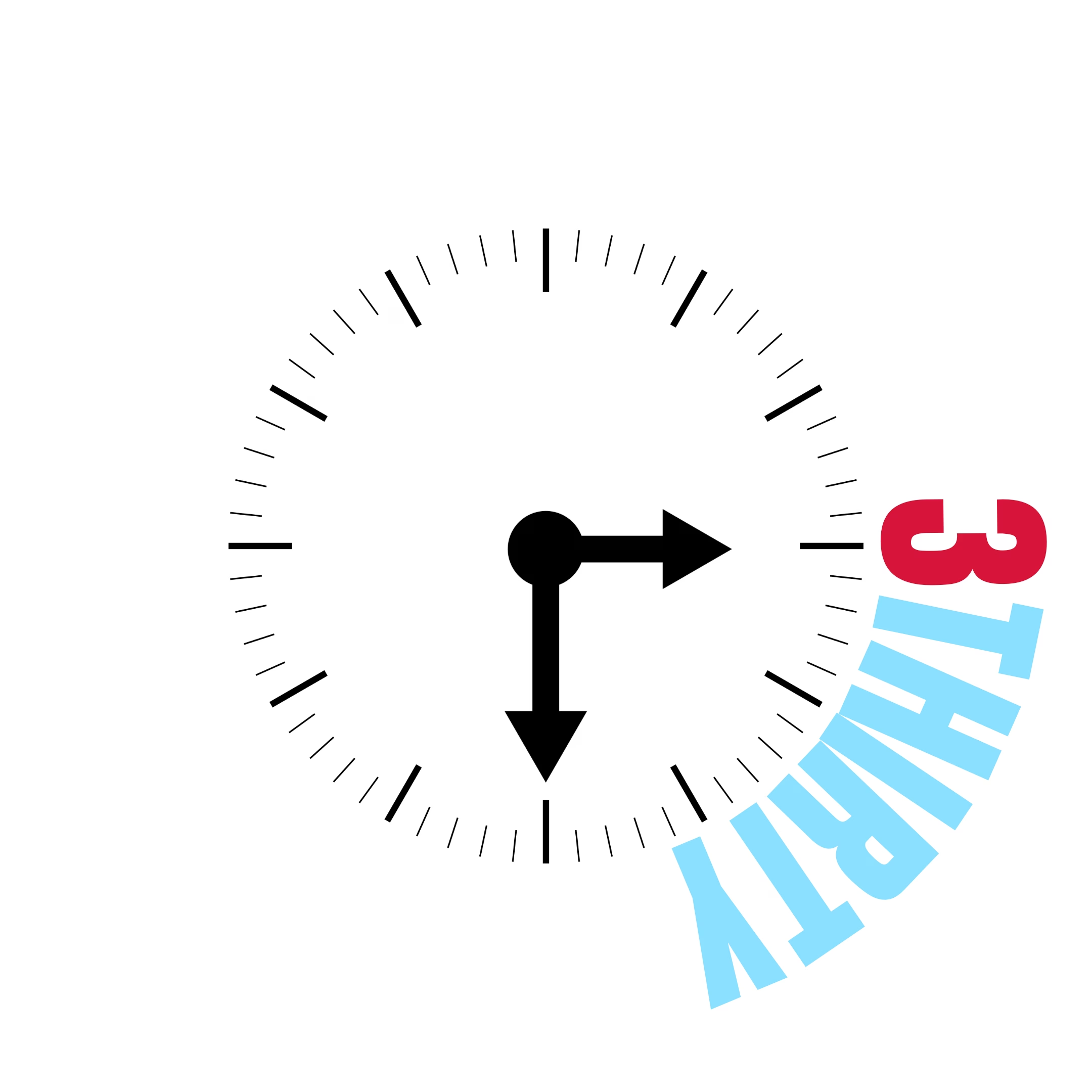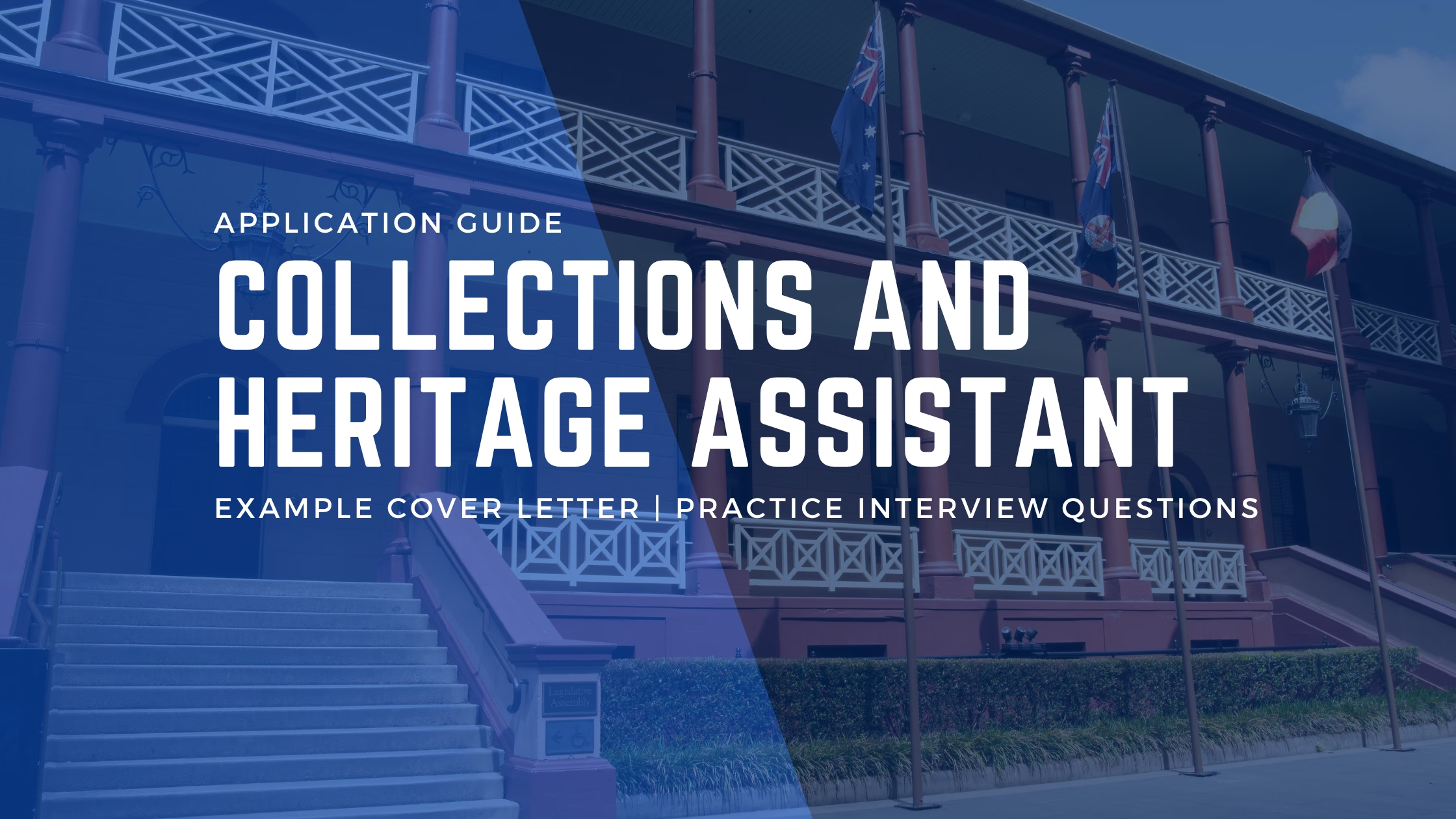Love history, collections, and cultural preservation? The Parliament of NSW is recruiting a Collections and Heritage Assistant to help manage, preserve, and support access to its Antiques, Artworks, and Artefacts collections. If you have a background in heritage, cataloguing, or museum work, this full-time, permanent role offers a unique opportunity to apply your skills in one of Australia’s most historic institutions.
This role is ideal for detail-oriented professionals who want a stable government job and the chance to make an impact in preserving public heritage.
With a salary of up to $107,059, it’s a strong entry point or next step in government collection management careers.
If you’re new to NSW Government recruitment, check out this unofficial guide to public sector recruitment for more tips.
Table of Contents
Collections and Heritage Assistant Salary and Overview
| Position Title | Collections and Heritage Assistant – People Property and Security |
| Organisation/Entity | Department of Parliamentary Services (DPS) |
| Job Location | Sydney City, NSW |
| Work Type | Ongoing, Full-Time |
| Base Pay | $97,027 to $107,059 per annum + super + annual leave loading (Clerk Grade 5/6) |
| Closing Date | 01 June 2025 at 11:59 PM |
About the Collections and Heritage Assistant Role with Parliamentary Services NSW
This newly created role supports the Antiques, Artworks, and Artefacts collections managed by the Parliament of NSW. As a Collections and Heritage Assistant, you’ll contribute to practical collection care, data tracking, and digital cataloguing. You’ll report to the senior advisor in a small but highly skilled team focused on preservation and public stewardship.
The Department of Parliamentary Services (DPS) supports the day-to-day operation of NSW Parliament. Based on Macquarie Street near the Botanic Gardens, DPS offers a values-based work culture and strong staff benefits in a central Sydney location.
Challenges for Collections and Heritage Assistants
Heritage roles in government come with unique pressures—protecting cultural value while managing physical risks, tracking artefact movement accurately, and ensuring transparency in public stewardship. The role also involves weighing financial and historic significance in decisions about valuation, preservation, or disposal.
Why the Collections and Heritage Assistant is a great opportunity
I put this application guide together after a request from one of our Team 3Thirty members.
And it’s easy to see why this role caught their eye:
- 35-hour work week – enjoy all the usual public sector perks, including flexible working conditions.
- It’s a brand new permanent position – which likely means it’s currently vacant. So, you’re not up against someone who’s been acting in the role for years.
- Based at Parliament House – yep, you might just find yourself walking the same halls as Ministers and even the Premier.
Collections and Heritage Assistant Application Requirements
Collections and Heritage Assistant Application Process
To apply, you’ll need to submit:
- An up-to-date resume (maximum five pages)
- A written response to two targeted questions (maximum two pages total)
Applications must be lodged via I Work for NSW in PDF or Word format only. Late submissions or those missing the target question responses will not progress to the next stage.
Target Questions For Collections and Heritage Assistant
You’ll need to have clear answers to these two questions:
1. Describe a preservation project you have worked on, include details on the scope of the project and what your role was in delivery.
2. Provide an example of a project where you needed to consider about both the financial value and the importance or meaning of an artefact? What did you consider, and what was the outcome?
To nail this, make sure you use the STAR format and give clear, detailed examples. See below for example responses to these questions.
What to Include in Your Government Cover Letter
This role asks you to respond to two targeted questions. A cover letter is optional, but I recommend including a brief one—no more than half a page. Simply explain why you’re applying and let them know your responses to the targeted questions are attached.
Access a free cover letter template to get started.
Collections and Heritage Assistant Application Checklist
| Download and review the official role description | |
| Write your cover letter using this free template | |
| Prepare your response to the two targeted questions | |
| Get your cover letter reviewed – This includes a review of your response to the target questions | |
| Submit your application by 01 June 2025 |
Collections and Heritage Assistant Candidate Profile
Bruce currently works at a council library, where he manages local heritage items and contributes to the preservation of community history. With a background in digitisation, collection care, and public engagement, Bruce is passionate about protecting cultural records and stories. The Collections and Heritage Assistant role at Parliament of NSW is a natural next step—offering the chance to support high-profile collections and contribute to the preservation of Australia’s civic heritage in a collaborative, professional environment.
Example Target Question Responses for Collections and Heritage Assistant
1. Describe a preservation project you have worked on, include details on the scope of the project and what your role was in delivery.
At my current role with the council library, I led a preservation and digitisation project focused on our Local History Room collection, which includes newspapers, photographs, council minutes, and community ephemera dating back to the 1880s. This project aimed to preserve fragile items at risk of deterioration and improve public access to historically significant materials through our online catalogue.
The scope of the project involved assessing over 2,000 items for preservation needs, prioritising those most vulnerable to damage due to age, handling, or environmental factors. I coordinated the project over six months, working with the library’s heritage officer and engaging external digitisation vendors for specialised scanning services.
My role included developing the project timeline, identifying preservation priorities, and preparing materials for digitisation. This required detailed handling protocols and documentation. I developed handling guidelines for staff and volunteers, trained others in archival-safe practices, and set up a quality assurance checklist to ensure digital files met required resolution and metadata standards.
A significant part of the project involved rehousing items in archival-quality enclosures. I sourced the appropriate materials, created item-level condition reports, and oversaw the transfer of documents into acid-free folders and boxes. I also liaised with local historians to ensure we captured culturally relevant context for certain items, such as annotations for community photographs and newsletters.
One of the most rewarding aspects of the project was working with the IT team to ensure the digitised items were made publicly accessible via our online catalogue. This required collaborating across departments and developing user-friendly metadata to improve searchability. The project was completed on time and under budget, and it’s since been praised by both library patrons and local historical groups for improving access to materials that were previously stored away and at risk.
This project strengthened my practical skills in preservation, metadata creation, vendor management, and community consultation. It also reinforced the importance of collaborative planning, clear communication, and attention to detail in preserving collections for future generations.
2. Provide an example of a project where you needed to consider both the financial value and the importance or meaning of an artefact. What did you consider, and what was the outcome?
One of the more complex situations I’ve managed involved an early 20th-century mayoral chain stored in the council library’s heritage collection. It had significant symbolic importance to the local community, as it had been worn by every mayor since 1902 and appeared in countless public ceremonies and photographs. It also had high financial value due to its gold content and craftsmanship.
The issue arose during a review of insurance and storage arrangements for high-value items. The chain had been kept in a standard display case in the public area of the library’s Local History Room. Our team had to evaluate whether to continue displaying the chain, move it to secure offsite storage, or upgrade our current facilities.
I was tasked with preparing a recommendation, so I conducted a risk assessment considering factors such as public access, insurance premiums, temperature and humidity control, and the likelihood of theft or accidental damage. I also reviewed our community engagement responsibilities—recognising that while the chain held financial value, its meaning as a civic symbol was far greater to the public.
I consulted with our risk and facilities teams, as well as a conservator, to explore solutions. After presenting several options to senior leadership, we agreed on a compromise: the chain would be displayed only during civic events, and stored in a secure, climate-controlled cabinet with monitored access. A high-resolution replica photograph and interpretive panel would remain on permanent display in the Local History Room to ensure continued public engagement with the object’s story.
This solution struck the right balance between protecting a valuable artefact and respecting its cultural and community significance. I also facilitated a communication strategy so the change was explained to the public in a transparent and respectful way.
This experience helped me better understand the intersection between financial stewardship and cultural value. It demonstrated the need to assess not just risk and cost, but also the expectations and emotional connections that communities have with historical objects. It also built my confidence in leading cross-functional collaboration to find balanced, practical outcomes.
How To Use The STAR Method For Targeted Questions
When responding to targeted questions in a government job application, the STAR Method helps you structure your answers clearly and persuasively. STAR stands for:
- Situation – What was the context?
- Task – What needed to be done?
- Action – What did you do?
- Result – What was the outcome?
Let’s break down one of Bruce’s answers to see how STAR works in practice.
Here’s part of his response to the question about balancing financial value and cultural significance:
“One of the more complex situations I’ve managed involved an early 20th-century mayoral chain… It had significant symbolic importance… and also high financial value due to its gold content.”
- Situation: Bruce sets the scene—an artefact of both financial and community value in a council library collection.
“The issue arose during a review of insurance and storage arrangements for high-value items… I was tasked with preparing a recommendation.”
- Task: He explains the challenge—reviewing whether to move or protect the item, and making a recommendation.
“I conducted a risk assessment… consulted with teams and a conservator… and presented several options to leadership.”
- Action: Bruce outlines exactly what he did—risk analysis, consultation, coordination across teams, and proposal development.
“We agreed on a compromise… stored securely, with a replica on display… I also led a communication strategy to explain the change.”
- Result: He shows the outcome—practical, balanced, and well-received by both leadership and the community.
This structure helps hiring managers quickly see how your experience aligns with the role and demonstrates your judgment, collaboration, and problem-solving skills. When you write your own responses, keep each STAR step clear and focused, always highlighting your contribution and the impact of your actions.
How to Prepare for a Collections and Heritage Assistant Interview
If you’re shortlisted, you can expect a capability-based interview. Here are some example questions you may be asked:
- Describe a time when you were responsible for ensuring the accuracy of collection records or data. How did you maintain data integrity and ensure the system was audit-ready?
- Can you describe a time when you led or contributed to a preservation or cataloguing project? What was your role, how did you prioritise tasks, and what was the outcome?
- Tell us about a situation where you had to consider both the financial value and the cultural or historical significance of an artefact. How did you approach the decision-making process?
Use STAR examples and match them to the role’s focus areas. Practise your answers aloud and be ready to explain your passion for heritage work.
If you want to see more questions, with examples of strong answers using the STAR method, download an interview workbook. For this role, you’ll need to get the Intermediate Level Workbook.
Get Your Collections and Heritage Assistant Application Started – Next Steps
Get your application started now. Click here to apply and start filling out the online form. Filling out the fields can take some time, so starting now will avoid rushing later.
And start your responses to your target questions. Read through the role description first, to get you in the frame of mind of what examples are most relevant to the role.
Then start writing out your answers. Your response to these target questions will be what determines if you progress or not to interview, so put the time in to make them strong. I can review them for you too, to make sure you’ve maximised your chances of landing this role.




